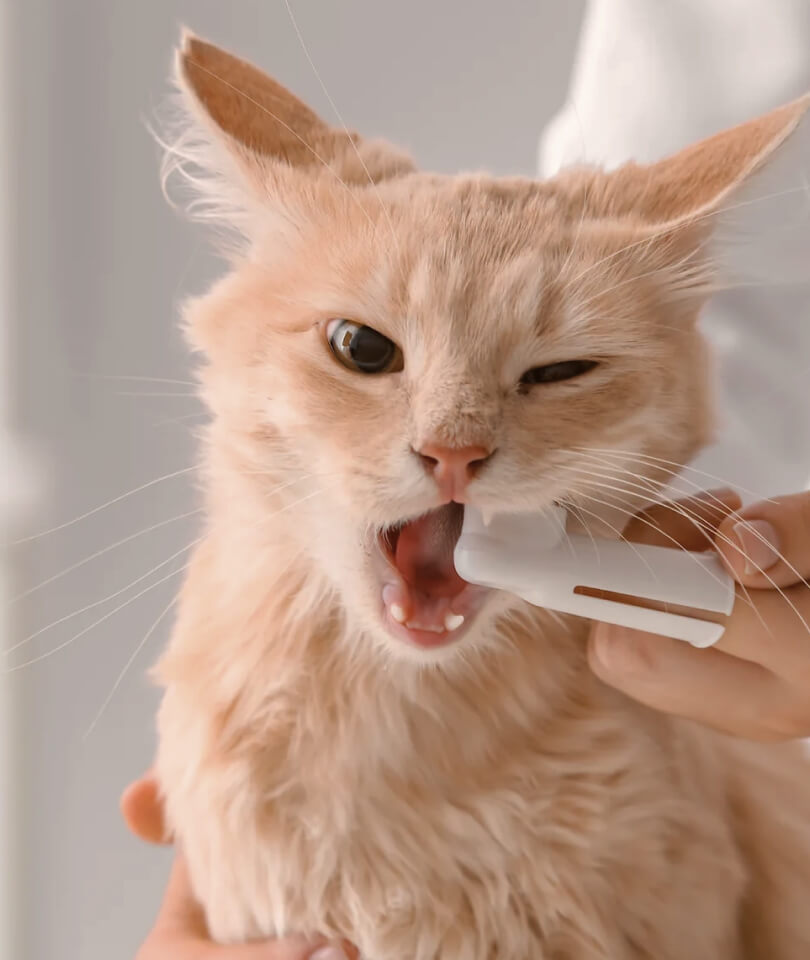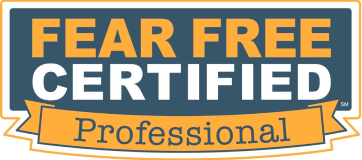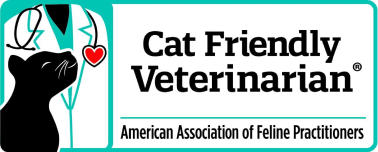Dental Cleaning
For Pets
Ensuring optimal dental health for your furry companion is as crucial as maintaining your own teeth. Routine examinations and professional hygiene procedures at the veterinary clinic play a pivotal role in not only preserving dental health but also safeguarding internal organ function. Indeed, the condition of a pet's teeth influences the functionality of various systems within their body, including the gastrointestinal tract.
Statistics reveal that over 60% of domestic dogs and cats aged three and above encounter dental issues.
Root Causes:
Primarily, these issues stem from dietary imbalances. In the wild, the ancestors of our domestic pets hunt prey, gnawing through meat, tendons, cartilage, and bones. This natural behavior exercises their jaw muscles and effectively cleanses plaque from their canines. However, modern pet diets often consist of soft foods, lacking the abrasive texture necessary for dental health. As a result, food residues accumulate on the tooth surface, providing a breeding ground for harmful microbes. Over time, this plaque hardens into stubborn tartar.
Preventative Measures:
Pet owners can mitigate the risk of tartar buildup by adhering to these guidelines:
- Transition pets to a diet featuring solid foods if they're on processed nutrition.
- Incorporate hard fruits and vegetables like apples, cabbage, and carrots into their meals if they're on a raw diet.
- Offer specially formulated calcified bones or natural raw bones for gnawing.
- Provide dental toys designed to cleanse teeth and freshen breath.
- Commit to brushing your pet's teeth 3 to 5 times weekly.
- Schedule annual dental check-ups for cats and dogs to catch any issues early on.
Professional Intervention:
Despite diligent care, tartar formation remains a threat. A qualified veterinary dentist can conduct a thorough examination and expertly remove tartar. During this process, the dentist evaluates the severity of the tartar and any associated gum inflammation or tooth looseness. Treatment typically involves ultrasonic cleaning under general anesthesia, ensuring the pet remains calm and pain-free throughout.


“I believe that proactive care is the best investment you can make in your pet's long-term health and vitality. Dental cleaning is one of those questions pet owners often forget about.
Kindred Pet Care team encourages open communication with pet owners and we'll be happy to guide you on the most appropriate ways to take care of your furry companion's teeth health.”
Your next steps
Book an appointment
Simply book an appointment through our online system, and you can secure a convenient time slot for your furry friend in just a few clicks.
Visit us
It's a one-day procedure. Usually, pets do not need to stay even after general anesthesia. You're free to return home on the same day.
Recovery
It's common for pets to feel lethargic or groggy after anesthesia. They may seem sleepy or disoriented for a period following the procedure. This is typically temporary and resolves within a few hours.
Unlock a lifetime of health and happiness for your pet – Schedule appointment today.
Certificates

We are proud to hold the prestigious Fear Free Certificate certificate, a symbol of our commitment to delivering the highest level of veterinary care. This esteemed accreditation reflects our principles and attention to animals emotions and health, demonstrating our dedication to providing exceptional service and optimal health outcomes for your cherished pets.
Cat Friendly
Certified Staff

We adhere to the rigorous treatment protocols established by the American Association of Feline Practitioners(AAFP). These protocols are designed to ensure that your cat receive the highest standard of care, guided by evidence-based practices and industry-leading guidelines.
FAQ
Watch out for signs such as excessive drooling, one-sided chewing, or reluctance to eat. Bad breath can also indicate dental issues. If your pet shows signs of discomfort or changes in eating habits, it's time for a vet visit.


